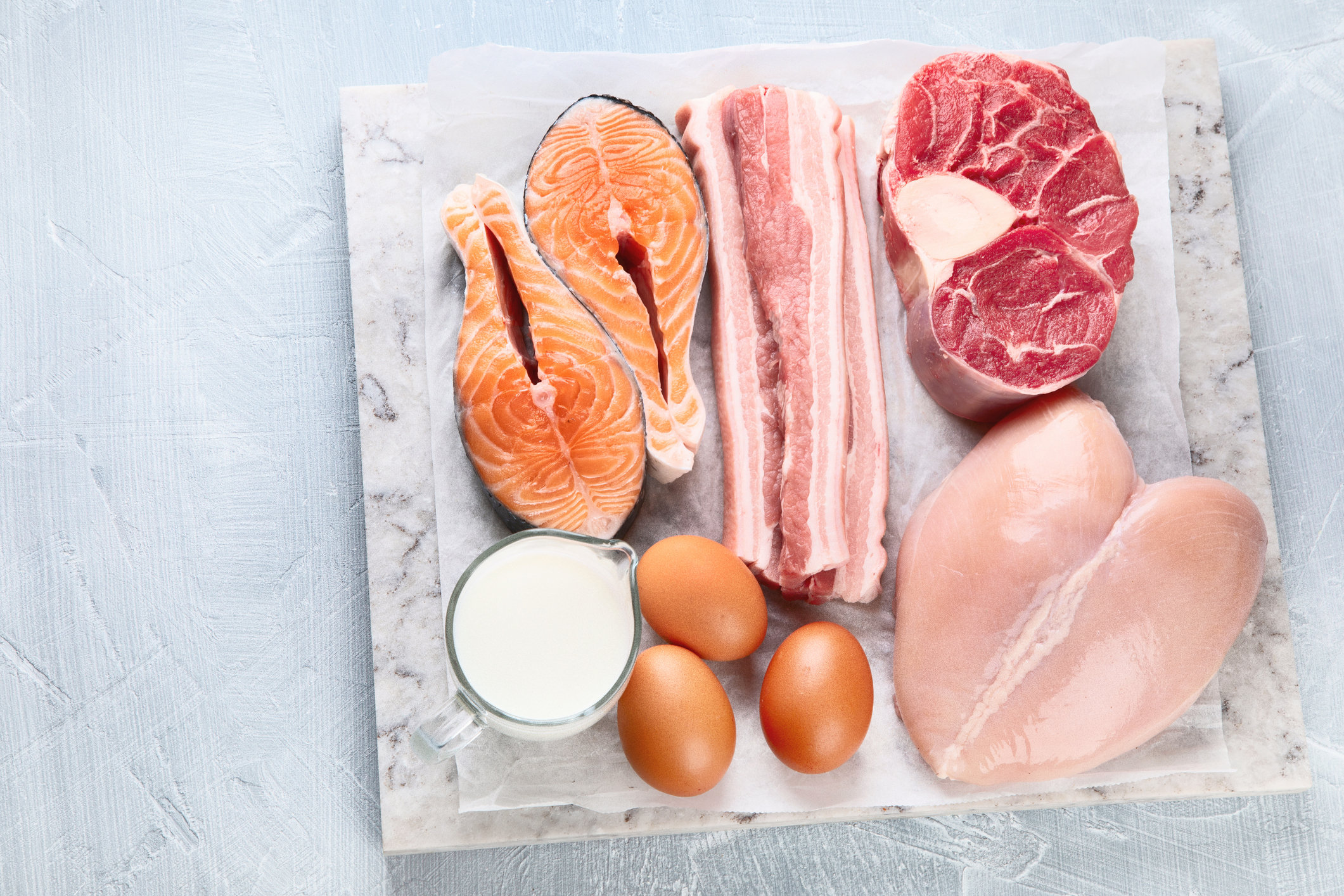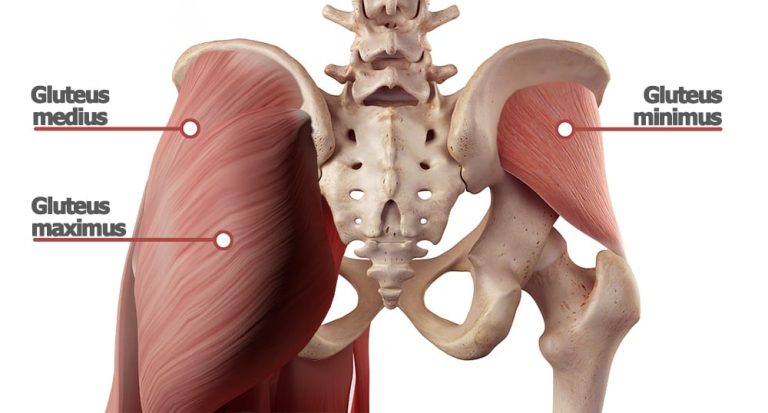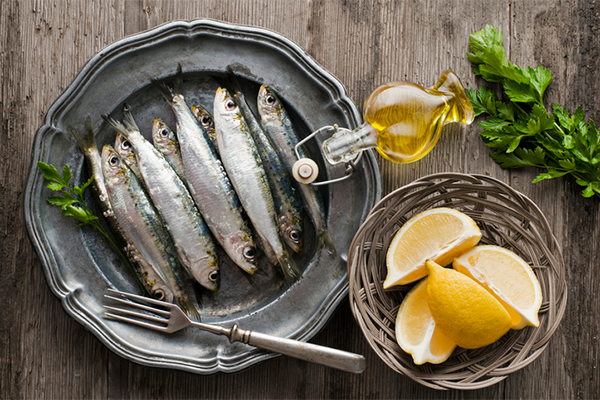Viewing a nutrition label, it might appear that protein is simply protein, since that’s the only way it’s ever listed. But there’s a difference between incomplete proteins and complete proteins.
Proteins consist of amino acids, each of which can appear in food in varying quantities — or not at all. That can make it hard to know if you’re really getting the protein you need.
One way to make eating simpler is to consume complete protein sources, which contain the essential amino acids in the required quantities.
Read further for the differences between complete and incomplete proteins, as well as a list of complete protein foods.
What Is a Complete Protein?
A complete protein is one that has all nine essential amino acids in efficacious amounts. Of the 20 total amino acids that comprise protein in the body, only nine are considered “essential,” meaning your body can’t make them on its own and must be consumed.
The nine essential amino acids are as follows:
- Phenylalanine
- Valine
- Threonine
- Tryptophan
- Methionine
- Leucine
- Isoleucine
- Lysine
- Histidine
The simplest way to consume a complete protein is to choose animal sources like meat, poultry, fish, eggs, and dairy.
These foods contain what is called high biological value protein, which refers to how efficiently a protein can be utilized by the body. Those containing the greatest supplies of essential amino acids score highest.
That doesn’t mean you can’t get all your amino acids on a vegetarian or vegan diet. For example, soy is a complete protein, and there are ways to combine other vegan foods to get everything you need. By eating a variety of plant foods throughout the day, you can get all your essential amino acids.
Complete Protein Foods
Below is a quick review of the quality and quantity of protein found in different food groups and how they can contribute to your overall protein intake.
Animal proteins
Meat, poultry, and seafood: These animal-based foods have the highest amounts of complete protein per serving of any whole food. This protein is well absorbed and utilized by the body.
- Beef (22 g per 3-oz. serving, ground, 85 percent lean, broiled)
- Chicken (24 g per 3-oz. serving, breast, roasted)
- Turkey (26 g per 3-oz. serving, breast, roasted)
- Pork (23 g per 3-oz. serving, loin, broiled)
- Duck (23 g per 3-oz. serving, breast, broiled)
- Salmon (22 g per 3-oz. serving, cooked)
- Tilapia (23 g per 3-oz. filet, cooked)
- Swordfish (20 g per 3-oz. serving, cooked)
- Trout (23 g per 3-oz. serving, cooked)
- Shrimp (20 g per 3-oz. serving, cooked)
- Crab (16 g per 3-oz. serving, steamed)
- Scallops (17 g per 3-oz. serving, steamed)
- Tuna (22 g per 3-oz. serving, canned)
- Sardines (21 g per 3-oz. serving, canned)
Eggs (6 g each): While they don’t contain as much of the macronutrient per serving as meat, poultry, or fish, eggs are among the highest in biological value.
Dairy proteins
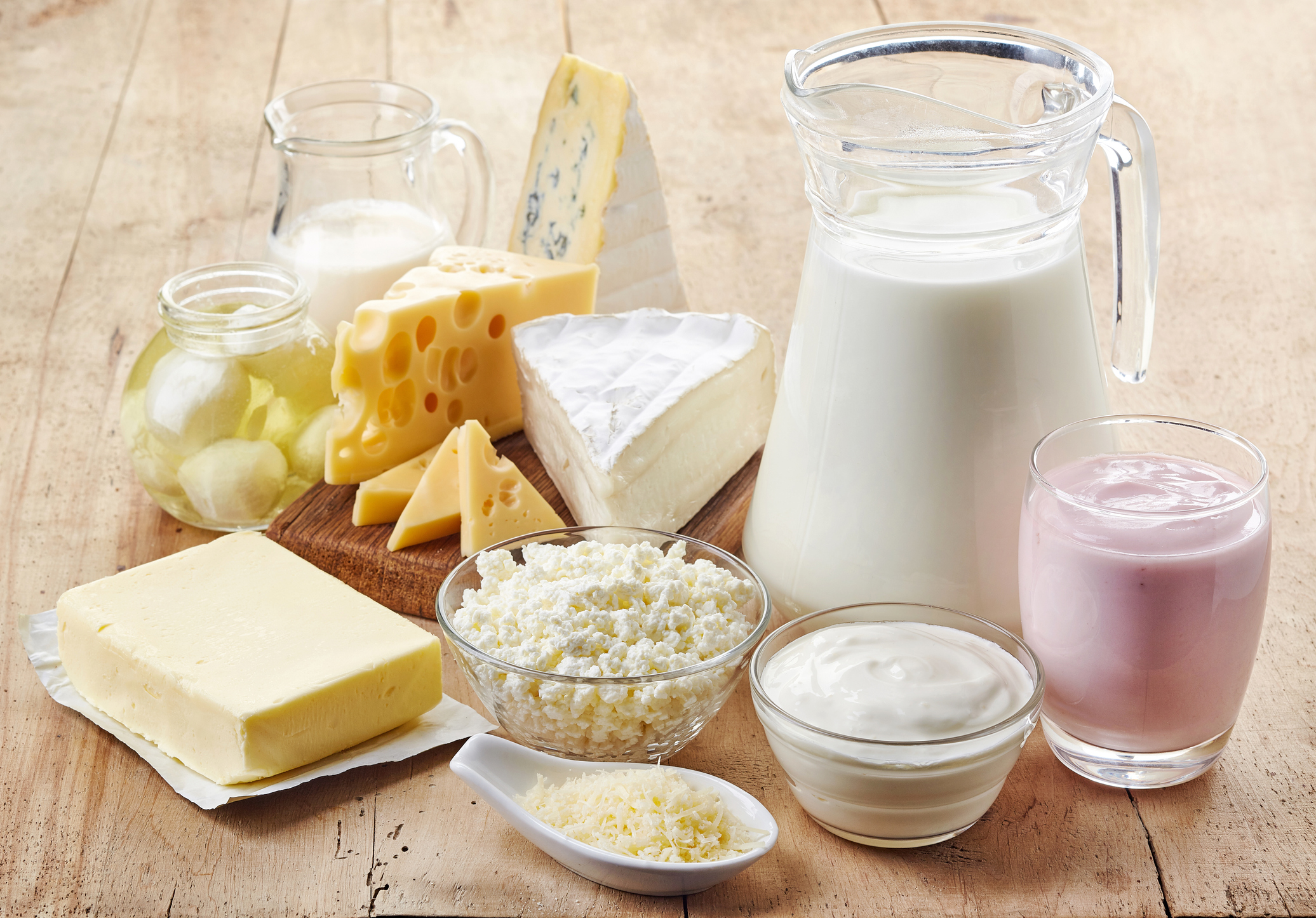
Dairy: Cow’s milk has among the highest amounts of protein per serving compared to other milks, and is a complete protein with a high biological value.
Soy milk is comparable in protein quantity with 7–8 g per cup and is also a complete protein, but has a lower biological value than cow’s milk.
Greek yogurt (17 g per 6-oz. serving): Also a dairy source, Greek yogurt is so concentrated (compared to other yogurts), it’s an excellent source of protein — perfect for breakfast or after a workout.
Plant proteins
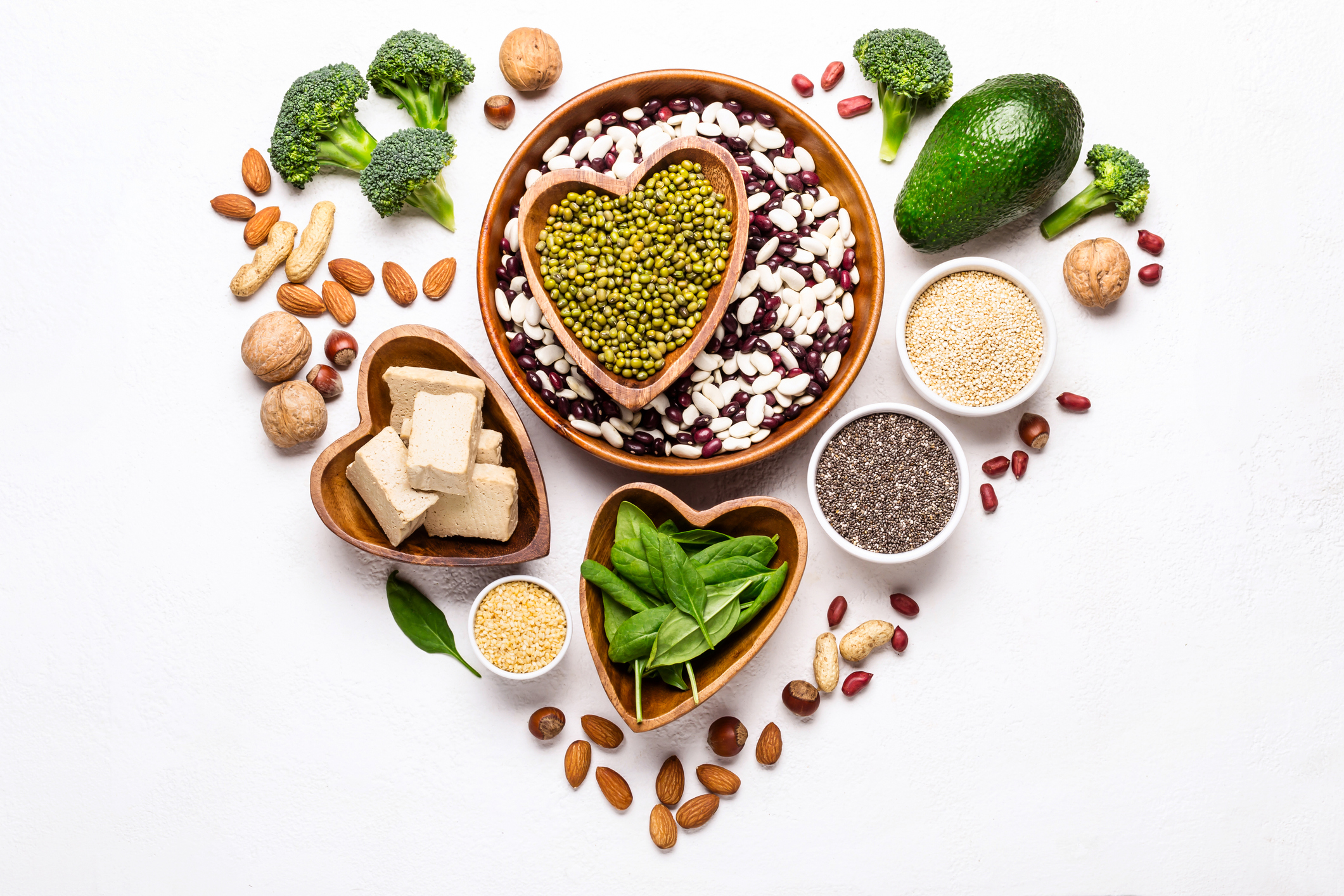
Soybeans (22 g per cup, cooked): Soy is the only plant-based protein that’s considered a complete protein.
Incomplete Plant Proteins
With the exception of soybeans, plant-based foods are considered incomplete sources of protein as they are typically limited in one essential amino acid or another. That doesn’t mean, however, that it’s impossible to get a balanced array of essential amino acids on a plant-based diet.
That’s where combining foods is vital, to ensure that you get all the essentials! Below is a list of some plant foods with their limiting essential amino acid and protein content.
Legumes: Legumes include beans, peas, and lentils. They are high in lysine but limited in methionine.
Seeds: While high in other amino acids, many seeds are limited in lysine.
Grains: Whole grains provide protein, carbs, and fiber, but like seeds (and nuts), most are high in methionine and tend to be lower in lysine.
How to Combine Complementary Proteins
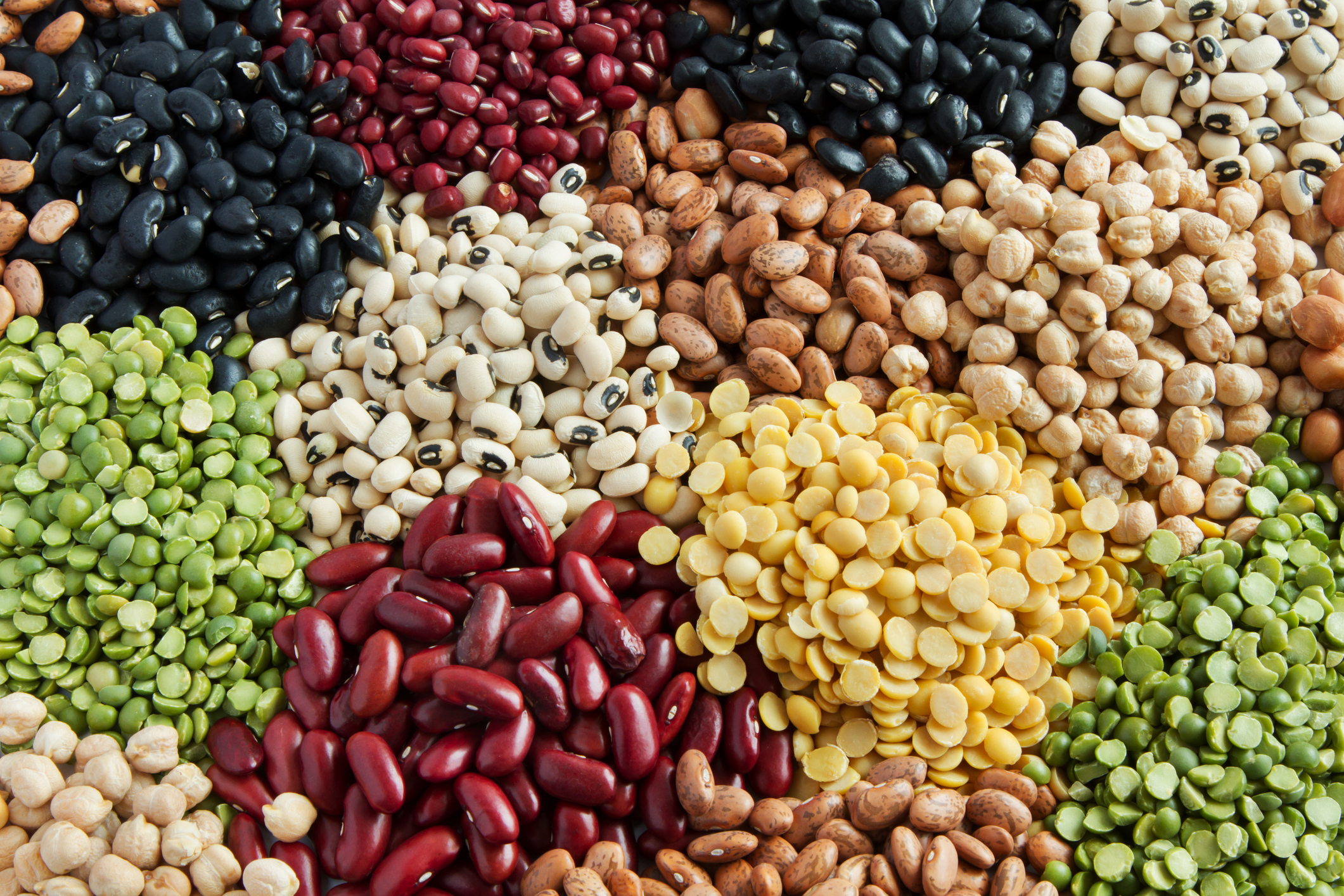
Conventional wisdom once held that complementary proteins must be combined at each meal.
But now we know our bodies are smart enough to do this on their own as long as we eat complementary protein sources throughout the day (or even over 2 to 3 days!).
The classic vegan combo that most of us are familiar with is rice and beans.
While neither is complete on its own, together they provide all nine essential amino acids at the levels needed to be considered complete, and more often than not tons of heart-healthy fiber.
But there are plenty of other delicious and creative combinations you can try.
One good rule of thumb to keep in mind is to try and mix legumes with grains, such as hummus and pita, or to add quinoa and beans to your salad.
